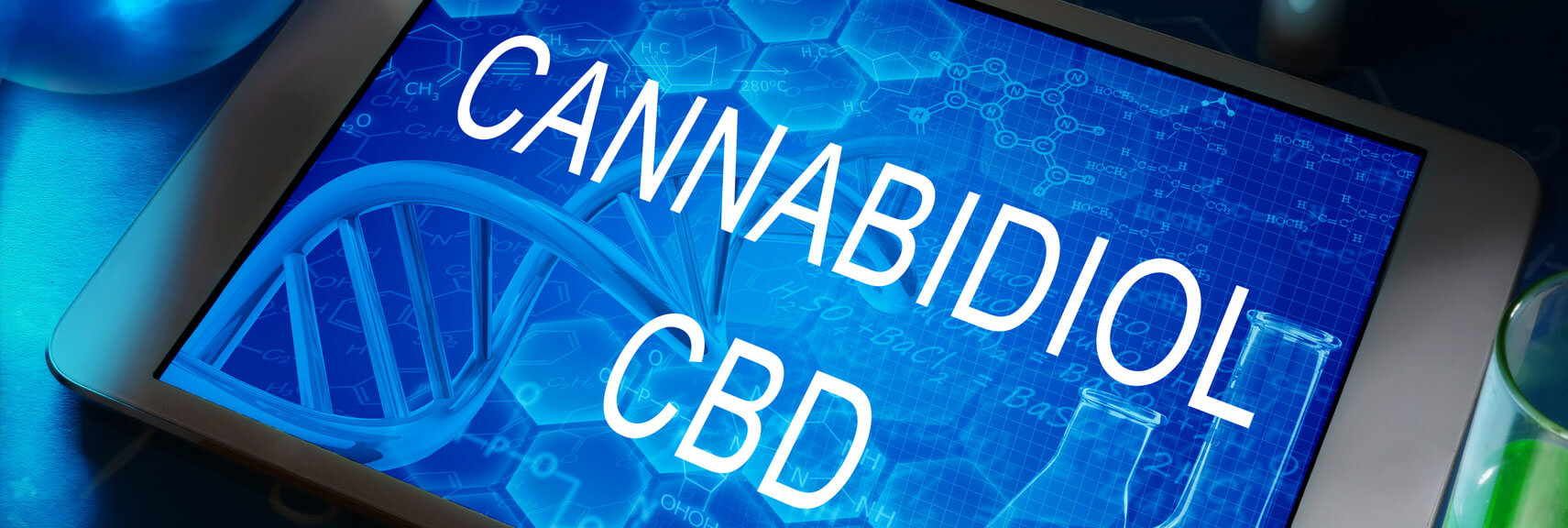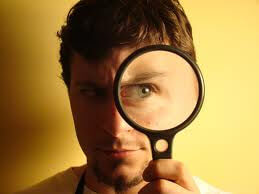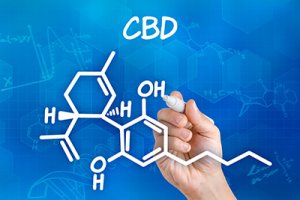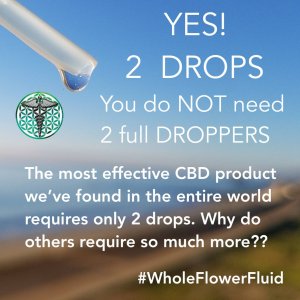“What is CBD?” is a frequently asked question by those seeking out solutions to help with inflammation, pain management, anxiety and a variety of other health concerns. CBD is short for Cannabidiol (pronounced canná-buh-díe-all). Cannabidiol is one of about 85 special compounds, called cannabinoids, that have been isolated from Cannabis Sativa L, better known as the cannabis plant.
Cannabidiol: CBD has medical benefits and is not psychoactive
Cannabidiol, commonly known as CBD, is one of the most well-known naturally occurring cannabinoids (component of cannabis plants), second only to THC. It is known to have no toxic or psychoactive ingredients. That means it doesn’t get you “high” and does not cause undesirable side effects as do many prescription drugs. As we like to say, “The Side Effects of CBD are Health and Happiness.”
First isolated in 1940 by two groups of independent researchers, cannabidiol exists in both hemp and cannabis. There is research being done today on the differences in effects and benefits depending on the extraction process, the starting material (hemp or cannabis) and whether it’s a whole flower or isolated extraction.
Cannabidiol is sold widely throughout the United States and internationally, as are hemp products including food, soap, clothing, and dietary supplements. Humans have used hemp for its beneficial properties for centuries. It is one of the earliest plants cultivated by our ancestors. Hemp proponents point out that it was an impetus for civilization, as it was quite possibly the first crop our ancestors ever planted. As early as 8,000 B.C. we were using hemp cord. Throughout our history, we’ve used its fiber, seeds and oils for health benefits, protein, clothing, rope, fuel and food.
CBD can come from two sources:
- From marijuana (the flower, or bud, of the female plant), often called cannabis, and
- From the hemp plant, the male cannabis plant. The hemp plant naturally has very low levels of THC which is why products made with CBD from hemp are widely available throughout the U.S.
How Does CBD Help You?
CBD Helps A Whole Person, Not Just A Condition. It acts upon the endocannabinoid system to help restore the body to homeostasis. The endocannabinoid system is thought to be the most important physiologic system involved in establishing and maintaining human health. It was discovered and named in the mid-1990s. The receptors for cannabinoids are some of the most abundant receptors in the human brain and are expressed in nearly every tissue and cell in the brain, organs, connective tissues, glands, and immune cells.
What Does CBD Do?
To help understand CBD, it’s necessary to understand what happens to CBD in our bodies once we take it. CBD acts on the body’s endocannabinoid system, an internal group of neuromodulatory lipids and their receptors in the brain that are involved in a variety of physiological processes. These include appetite, pain-sensation, mood, and memory. In other words, the endocannabinoid system in the body, which is acted upon by CBD, affects your body’s response to stimuli: this system determines your appetite, pain-sensitivity, memory and mood.
Interestingly, CBD also acts on the same system in the body to block or limit the “high” and “stoned” feeling produced by another cannabinoid in the cannabis plant called tetrahydrocannabinol, better known as THC. So not only does CBD act on the part of the brain that can produce very beneficial health benefits like pain relief and mood elevation, it also inhibits the psychoactive effects of THC which so many people wish to avoid.
Read More about CBD and the Endocannabinoid System
How Much Should You Take?
Many people who become interested in supplementing their health with CBD wonder how much should they take, how often, and in what form. There are many different ways to consume cannabidiol including capsules, concentrated liquids, infused sublingual sprays, edibles, flowers, milk and more. It can be difficult to determine the form and amount that works best for you.
As we started researching the whole flower extraction process, we learned why dosage amounts can be so confusing. A 2015 Israeli study helps explain why. With most CBD products, even the tinctures and titrations we offered on this site when it launched, customers found that they are not necessarily more effective with the more they consume. There is a bell-shaped curve in terms of results. However with the whole flower products, studies are showing a different pattern, more along the lines of clinical medical results- the more you consume, the more effect you will experience.
The fantastic news about the Whole Flower Fluid is that most customers find they only need 2 drops per day to experience relief from their ailments. As many of you know, other products out there require 12 or more drops, sometimes a full dropper or even more. Because of the effectiveness of such a small amount, a 15 ml bottle of Whole Flower Fluid lasts up to 5 months.
Cannabis, Hemp and Industrial Hemp Are Sources
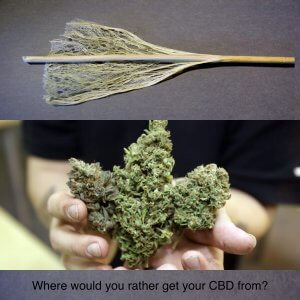
In Europe and the United States, the difference between the definitions of cannabis and hemp primarily depend on the THC content in the flowers. If the THC content is below 0.3% in the USA and 0.2% in the European Union, the plant is classified as hemp. Anything higher than these levels and the plant is called cannabis. (UPDATE 2021 ~ THIS IS ALL CHANGING QUICKLY!)
In recent years, cannabis cultivators have been breeding high-CBD strains of cannabis such as AC/DC, Valentine X, Charlotte’s Web, Harlequin, Cannatonic and Sour Tsunami. This marks a reversal of a trend that lasted for decades, in which cannabis cultivators were breeding out CBD in favor of THC-dominant strains for the psychoactive effect. When cannabidiol is present in cannabis and the cannabis is inhaled or ingested, the psychoactive effect of the THC on the user is usually minimized.

